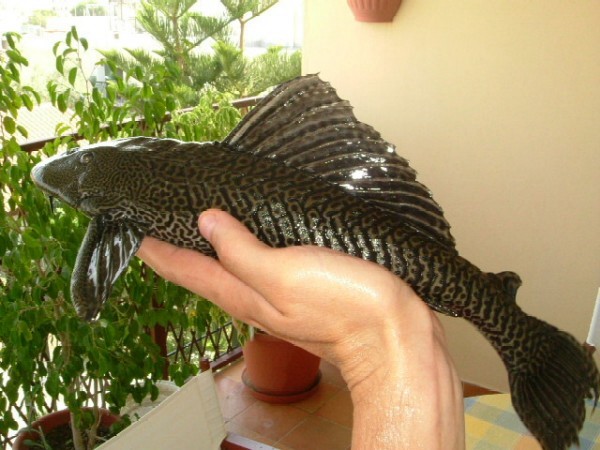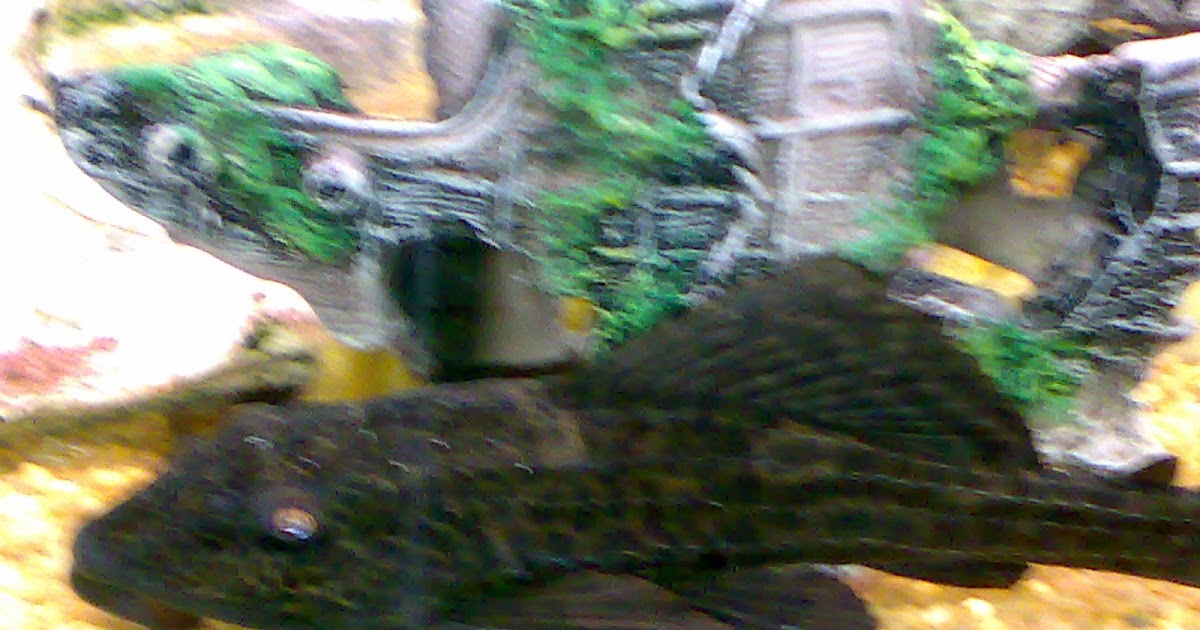
The Ultimate Guide to Keeping Plecostomus in Koi Pond
Introduction
Koi ponds have become increasingly popular over the years, and many pond owners are looking for ways to enhance their pond’s appearance and functionality. One way to do so is by adding plecostomus to the mix, which can provide a variety of benefits to your pond and its inhabitants.

Benefits of Keeping Plecostomus
Plecostomus, also known as plecos, are a type of freshwater catfish that are native to South America. They are often kept in aquariums due to their ability to clean algae and other debris from the tank’s surface. The same is true for koi ponds – plecos can help keep the pond clean and clear, which benefits both the koi and any aquatic plants you may have.
Aside from their cleaning abilities, plecos are also fun to watch. They have a unique appearance and can grow up to two feet in length, making them a fascinating addition to any pond. Some plecos even have a symbiotic relationship with koi, as they will attach themselves to the koi’s skin and feed on the parasites that the koi pick up.

Choosing the Right Plecostomus
When it comes to choosing a plecostomus for your koi pond, there are a few things to consider. First, you’ll want to make sure you choose a species of pleco that can thrive in your pond’s environment. Some species are better suited for warmer waters, while others prefer cooler temperatures.
It’s also important to choose a pleco that is compatible with your other pond inhabitants. While plecos are generally peaceful, they can become aggressive if they feel threatened or if they are competing for resources.
Lastly, you’ll want to choose a pleco that is the appropriate size for your pond. While some species of pleco can grow up to two feet in length, others may only reach a few inches. Be sure to research the species you are interested in to ensure they will fit comfortably in your pond.

Feeding Plecostomus in Koi Pond
Plecos are omnivores and will eat a variety of foods, including algae, vegetables, and shrimp. In a koi pond setting, plecos will get some of their food from the algae and other debris in the pond, but you may also want to supplement their diet with fish food or algae wafers.
It’s important not to overfeed your plecos, as this can lead to water quality issues. As a general rule, feed your plecos once a day and only as much as they can eat in a few minutes.
Maintaining Water Quality
In addition to feeding your plecos properly, it’s also important to maintain the overall water quality of your koi pond. This includes monitoring the pH level, ammonia levels, and temperature of the water. Plecos are sensitive to poor water quality, so it’s important to keep the pond clean and well-maintained.
You may also want to consider adding aquatic plants to your koi pond, as these can help absorb excess nutrients and provide additional filtration. Just be sure to choose plants that are compatible with your koi and plecos.

Conclusion
Plecostomus can be a wonderful addition to any koi pond, providing both aesthetic and functional benefits. Just be sure to choose the right species, feed them properly, and maintain the overall water quality of your pond. With proper care, your plecos will thrive and help keep your pond clean and healthy for your koi and other aquatic inhabitants.